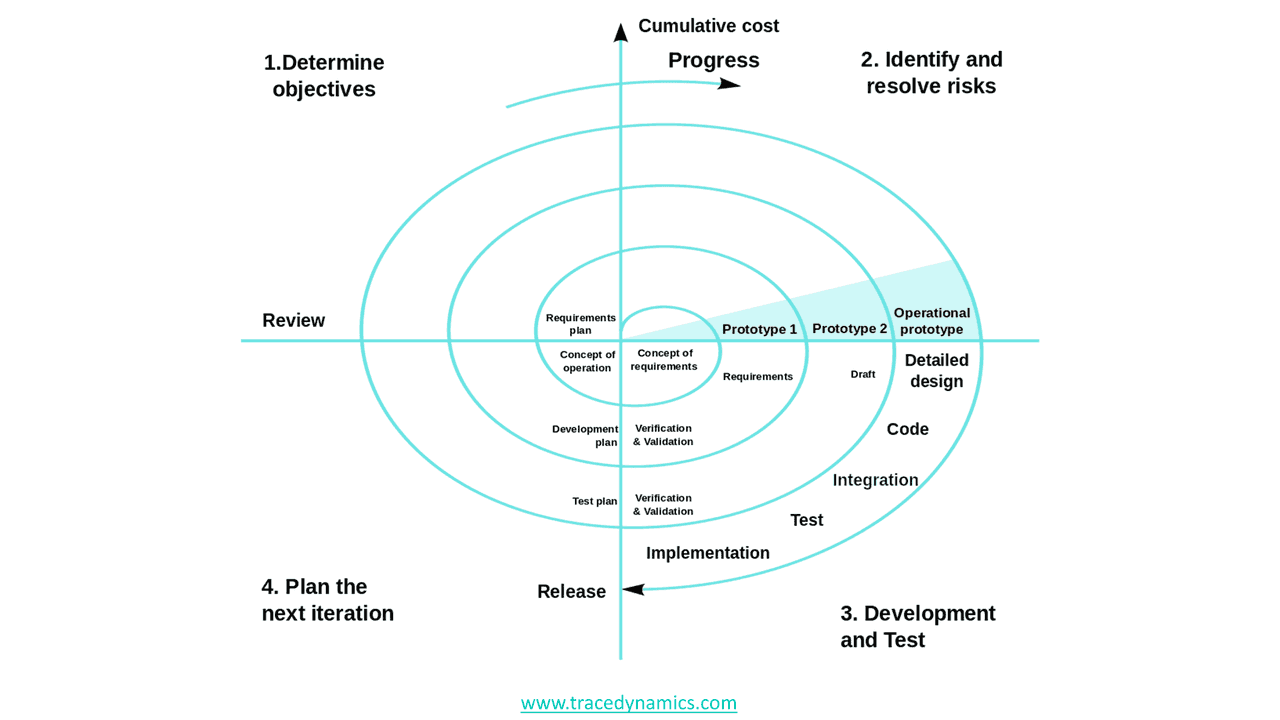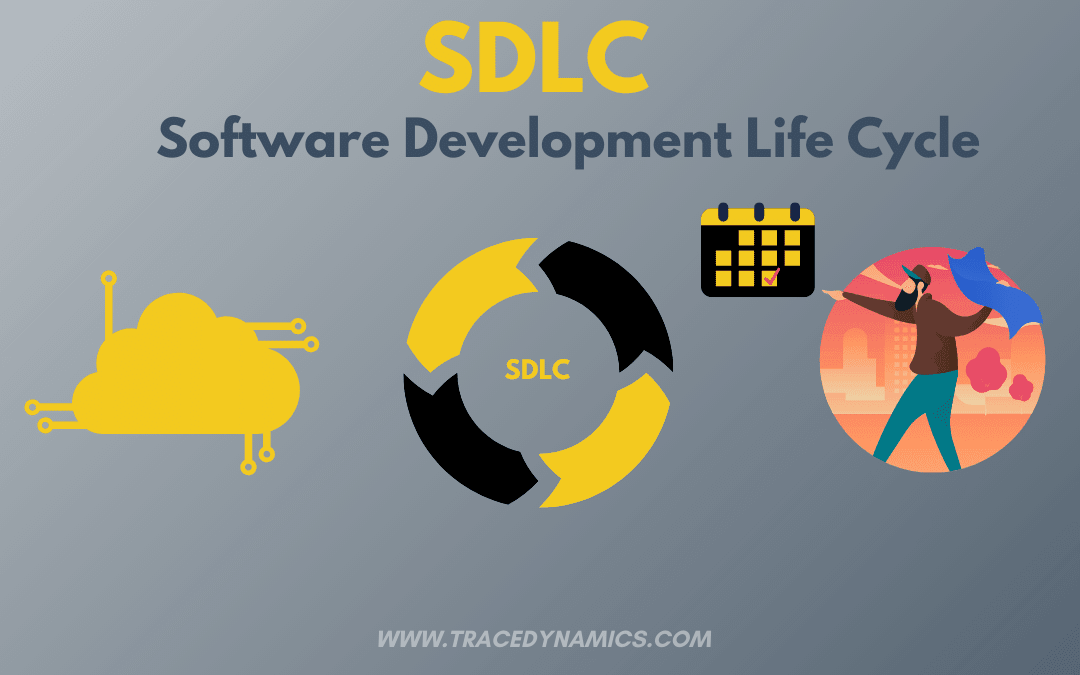SDLC Spiral Model
The spiral methodology merges the possibility of iterative improvement with some of the controlled parts of the waterfall model.
This methodology is a fusion of the iterative development model and the waterfall model.
 |
| sdlc |
A less costly option is the Spiral Model. sdlc
This combines the Waterfall and the Iterative methods to utilize risk management and is best for projects with difficult and complicated requirements. The Spiral Model is great for products that need constant improvement and change. sdlc
This system heavily relies on constant communication between the customer and the SDLC team. sdlc
The idea is that you design and then build the software according to the base requirements, creating a Proof of Concept, or POC, that indicates what changes and alterations need to be made. sdlc
The developers and customer analyze the overall performance, taking note of issues, then the developers start the process over again, fixing those issues and reducing risk.
With each cycle, the product becomes more refined. sdlc
A significant downside to this model is the potential for the spiral to never end. It requires good management and a good deal of particular record keeping. sdlc
The more it cycles, the more complicated things can get. Of course, this hassle is worth it for projects that are high risk and need an evolving software. sdlc
The spiral model has further divided into different stages. sdlc
Project using this model go ver and over through the above-mentioned phases in iterations ,and that is why known as spiral model. sdlc
Applications using the Spiral Model sdlc
Applications using the spiral model include when: sdlc
- Requirements are not precise, and they need an assessment to get a better idea of what the client is expecting. sdlc
- The product releases are required to be frequent. sdlc
- Critical modifications expected during the development of the software product. sdlc
- Medium to high risks projects. sdlc
- Limited budget but risk evaluation must do. sdlc
Reasons to use Spiral Model sdlc
- The early software build is available for the clients. sdlc
- The evolving requirements from clients get accommodated. sdlc
- Monitoring of the project is useful and secure. sdlc
- This model is highly flexible. sdlc




No comments:
Post a Comment